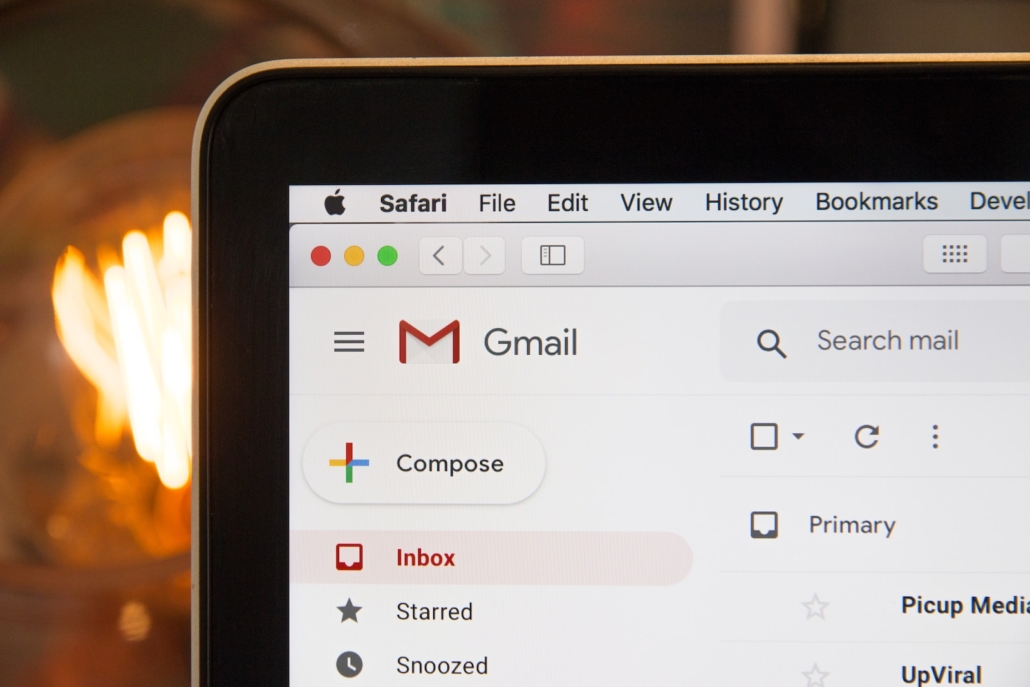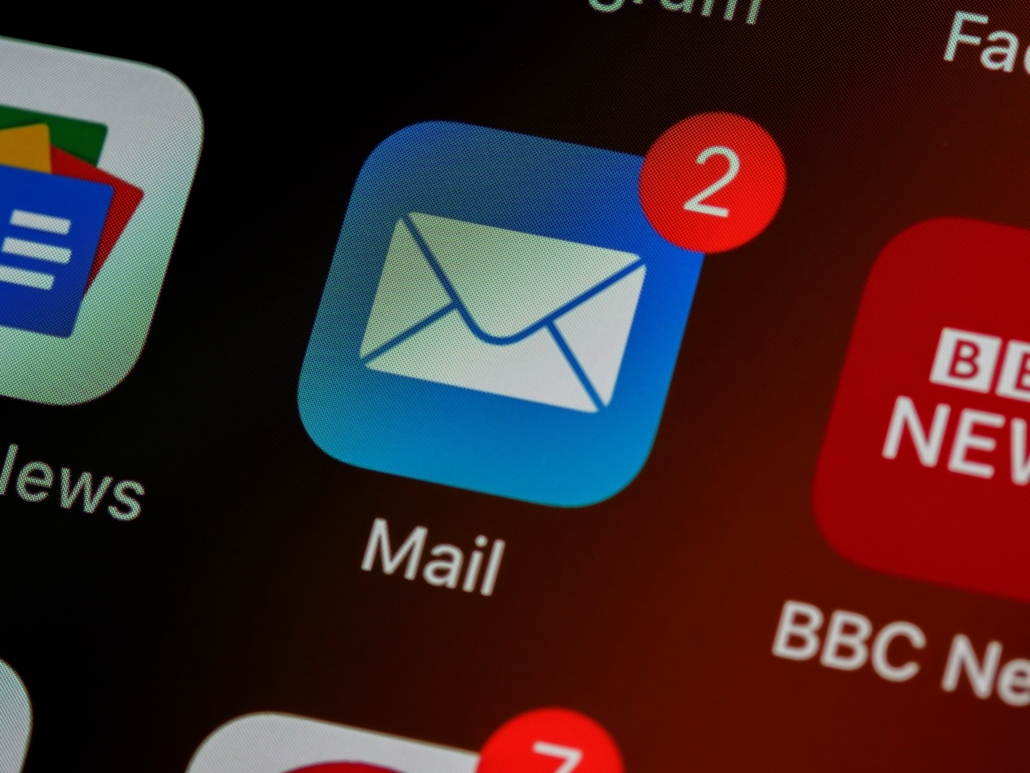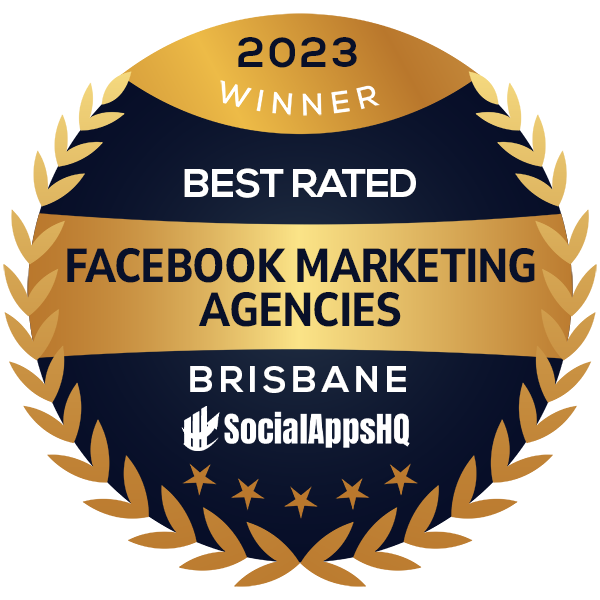As a business owner, you already know the importance of digital marketing to your bottom line. But, have you considered the power of email marketing and improving your email marketing strategies? Not only is email marketing one of the most cost-effective ways to reach your audience, but it can also provide a higher ROI than other marketing channels, including social media and paid advertising.
However, with more and more businesses adopting email marketing, it’s becoming increasingly challenging to stand out from the crowd. That’s why you need to have a solid email marketing strategy in place that not only helps you grab your audience’s attention but also keeps them engaged and excited to hear from you.
By implementing these 7 game-changing email marketing strategies, you can revolutionise the way you approach email marketing, and create campaigns that truly resonate with your audience. These strategies range from simple tweaks to more complex tactics, but all have one thing in common – they’re designed to take your email campaigns to the next level.
From personalised messaging to segmentation and automation, you’ll discover how to create compelling email campaigns that not only drive conversions but also build long-term customer loyalty. So, if you’re ready to say goodbye to boring emails and take your email marketing to the next level, let’s dive into these game-changing strategies and start transforming your email campaigns today.
Segment Your Email List
One of the keys to effective email marketing is to make sure that your messages are relevant to your audience. By segmenting your email list based on factors such as demographics, past purchase behaviour, or engagement with your previous emails, you can create highly targeted campaigns that are more likely to resonate with your subscribers.
In fact, studies have shown that segmented email campaigns can result in a 760% increase in revenue. That’s a staggering number that speaks to the power of segmenting your email list. It also helps you to avoid sending irrelevant messages that could lead to your subscribers hitting the unsubscribe button.
One method to effectively segment your email list is to simply ask subscribers for their preferences or interests when they sign up for your email list. Once you have segmented your list, it’s important to tailor your messages to each group. By taking the time to craft targeted messages that speak directly to each segment of your email list, you’ll be able to create campaigns that are more likely to be opened, read, and acted upon.
Personalise Your Emails
Personalization goes beyond simply adding a subscriber’s name to the subject line. Consider incorporating personal details such as location, past purchase history, or other preferences to create highly personalised messages that truly resonate with your subscribers.
By taking the time to personalise your email campaigns, you’re showing your subscribers that you value them as individuals and that you understand their unique needs and interests. This can go a long way in building trust and loyalty with your audience, which can ultimately lead to higher conversion rates and increased revenue.

Create Engaging Subject Lines
Your subject line is your first impression, so make it count. Avoid generic subject lines and instead use language that is specific, intriguing, and relevant to your audience. Consider using humour, questions, or even emojis to make your subject lines stand out.
When it comes to email marketing, your subject line is the first thing that your subscribers will see, and it can have a huge impact on whether or not they decide to open your message. That’s why it’s important to put time and effort into crafting subject lines that are attention-grabbing and engaging.
Use Eye-Catching Design
The design of your email can make or break the success of your email marketing campaign. When it comes to design, the goal is to create an experience that is visually appealing, easy to navigate, and memorable. One way to achieve this is to use visually appealing graphics, images, and videos to support your message. A picture is worth a thousand words, so make sure your images are high-quality and relevant to your message.
It’s also important to optimise your email design for mobile devices. With the increasing use of smartphones, many people check their emails on the go, and a poorly designed email can turn them off immediately. Make sure your email is mobile-responsive and loads quickly. You don’t want your subscribers to have to pinch and zoom just to read your message.
Offer Valuable Content
Email marketing can be more than just a sales tool. It can be a way to connect with your subscribers, build relationships, and establish your brand as an industry leader. By offering valuable content in your emails, you can position your brand as a trusted resource for your subscribers. This can help to build brand loyalty and increase customer retention.
When creating your email content, consider what your subscribers are looking for. What questions do they have? What challenges are they facing? How can your brand help them solve these challenges or answer their questions? By understanding your audience and their needs, you can create content that is truly valuable and relevant to them.
Test and Optimise
A/B testing is like a secret weapon for email marketing, as it allows you to test out different aspects of your campaign and see which ones perform the best. It’s a great way to make data-driven decisions and optimise your strategy over time. With A/B testing, you can test different subject lines, designs, or offers to see what resonates best with your audience. For example, you could try testing two different subject lines and see which one has a higher open rate. Or, you could test two different designs and see which one leads to more clicks.
By using A/B testing to experiment with different elements of your emails, you can refine your strategy and continuously improve your results. The key is to use the data you gather from your tests to inform your decisions and make changes that will have the biggest impact on your campaigns. So, if you want to take your email marketing to the next level, be sure to incorporate A/B testing into your strategy.
Automate Your Campaigns
Imagine having the ability to create a set of personalised email campaigns that reach out to subscribers when they need it the most. Marketing automation can help you do exactly that. Instead of manually sending out emails to your subscribers, automation enables you to set up triggers that automatically send emails when a subscriber completes a specific action, such as making a purchase or signing up for a newsletter. This can help you create a highly targeted and personalised experience for your subscribers, while also allowing you to save time and resources.
Furthermore, you can use marketing automation to nurture leads through the sales funnel, providing relevant information and offers at the right time to guide them towards conversion. By leveraging marketing automation in your email campaigns, you can stay one step ahead of your competition and keep your subscribers engaged at every step of their journey.
Conclusion
In conclusion, by implementing these 7 game-changing email marketing strategies, you can create campaigns that stand out in the inbox and truly resonate with your audience. Remember, effective email marketing is all about delivering value, being relevant, and staying top of mind. So, say goodbye to boring emails and hello to a more engaging and effective email marketing strategy!
Ready to take your email marketing to the next level? Let Done Digital help! Contact us today to learn more about how our marketing automation services can help you create engaging campaigns and drive conversions.


 Done Digital
Done Digital






 Done Digital
Done Digital
 Done Digital
Done Digital Done Digital
Done Digital Done Digital
Done Digital
